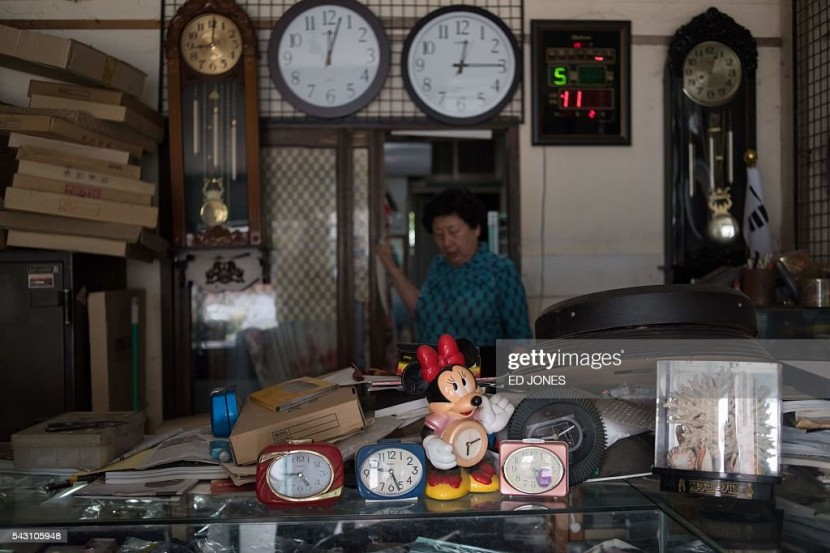In just a few years, the number of childcare centers in South Korea has decreased by over a quarter, indicating the government's failing push to persuade couples to have more children.
New government statistics released on Friday show that there were more than 40,000 childcare facilities in 2017; at the end of 2016, that number had decreased to about 30,900, as reported by CNN.
The number of aging facilities has increased as well, from 76,000 in 2017 to 89,643 in 2022, according to the nation's health and welfare ministry.
Senior care centers, specialist hospitals, and welfare organizations that assist the elderly in navigating social services or safeguards are examples of facilities for the elderly. The mentioned child care centers offer both public and private as well as corporate services.
A Long-Standing Issue
The change serves as an example of a long-standing issue that South Korea has so far been unable to solve. It has one of the fastest aging populations in the world as well as the lowest birth rate, which has been declining steadily since 2015 despite government incentives including financial aid and housing subsidies for parents of additional children.
Experts place the blame for this low birth rate on a number of issues, including stressful work environments, stagnant salaries, growing living expenses, the financial burden of raising children, shifting views on marriage and gender equality, and rising youth disillusionment.

The government had started to issue warnings by the late 2000s that policy changes were required to promote family growth. Yoon Suk Yeol, the president of South Korea, acknowledged in 2022 that over the previous 16 years, more than $200 billion had been spent in an effort to increase the population.
However, nothing has succeeded thus far, and the consequences may be seen more and more in daily life and the social fabric.
According to the education ministry, many elementary, middle, and high schools are closing around the nation as a result of a lack of students of school age.
The overall number of middle and high schools has been stable for years, according to data from the nation's official statistics organization, and has only increased by a few dozen since 2015.
Read also: Asian Countries Fear for Economic and Security Stability Amid China-US Rivalry
A Demand for Senior Care
The growing aged population in South Korea has led to a surge in demand for senior care, straining an already overburdened system.
More than 40 percent of South Koreans over 65 live in "relative poverty," which is defined by the OECD as having an income that is less than 50 percent of the median household disposable income. This country has the highest senior poverty rate among OECD (Organization for Economic Co-operation and Development) countries.
Related article: South Korea Adopts International Age Counting System, Millions of People Suddenly Younger








